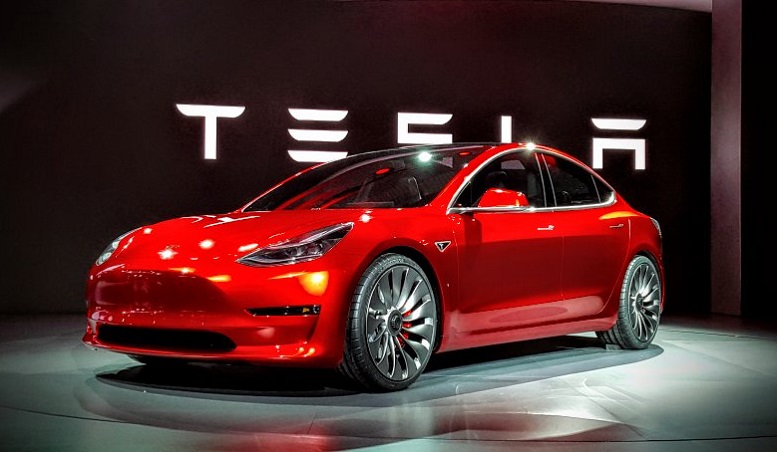All eyes will be on electric vehicle company Tesla (NASDAQ:$TSLA) as it prepares to launch its highly-anticipated Model 3 on Friday, July 28. Unlike the company’s previous vehicles like Model X and Model S, the Model 3 was designed especially for wide public distribution and high volume production. As well, unlike the Model X – where its release date was several years late – the Model 3 will be launched on time.
However, Tesla’s Model 3 launch this Friday will only be a small step towards the company’s ultimate goal for the vehicle: keeping up with its ambitious production and delivery numbers. For investors to truly be convinced in Tesla’s long-term success, the company will not only have to stick to its original Model 3 ramp-up production plan, they will also need to keep up with current demand for its Model X and Model S vehicles.
Tesla’s current Model 3 production plans
As the Model 3 launch date nears, Tesla’s confidence in its production plans have only continued to grow. Originally with a plan to produce about 500,000 vehicles by 2020, the company is now expecting that same amount to be produced by 2018. This is quite an ambitious plan considering the fact that Tesla is currently only expecting about 100,000 vehicles to be produced this year.
However, investors don’t have to wait until 2018 to see if Tesla is meeting its production goals. To have a general idea of whether or not Tesla is on track to meet its goals, investors can compare Model 3’s actual production to the company’s production expectations. Tesla co-founder and CEO Elon Musk recently said that he estimates about 30 Model 3s to be produced on the vehicle launch date on July 28, about 100 Model 3s to be delivered in August, and more than 1,500 Model 3s delivered in September. Musk also noted that by December, Tesla should be seeing 20,000 Model 3s being delivered monthly.
By the end of 2017, Tesla expects to be producing about 5,000 Model 3s per week and 10,000 Model 3s per week some time in 2018.
Model S and Model X
Besides keeping up with Model 3’s production and deliveries, Tesla also has to maintain consumer-wide interest for its already-in-production Model S and Model X vehicles. Currently, the combined annual delivery rate of the Model S and Model X is about 100,000 vehicles. But investors should watch out for a potential lowered demand for the Model S and Model X as the Model 3 launches. This is because the low production of Model 3 means that Tesla won’t be making as much revenue in the beginning, so Model S and Model X demand has to stay up during this time.
To make sure that the Model S and X stands out from Model 3 in the market, Tesla has been making a number of changes to its Model S and X models. This includes making optional standards a permanent feature in its Model S and X vehicles as well as informing consumers that its cheapest Model S vehicle — the 75-kilowatt-hour battery, rear-wheel-drive version — will no longer be available this year. Tesla is hoping that, by making these changes, the distinction between its higher-priced, more luxury-branded Model S and Model X and its more affordable, public-wide Model 3 will be clearer.
Conclusion
Although investors will no doubt be watching Tesla’s stock with close eyes as the company makes its very first deliveries of the Model 3 on July 28, it’s only the beginning of Tesla’s ambitious growth plans. Investors should continue to keep up with the company throughout the year to ensure that Tesla has the ability to execute its plans and meet its own expectations.
Featured Image: twitter










